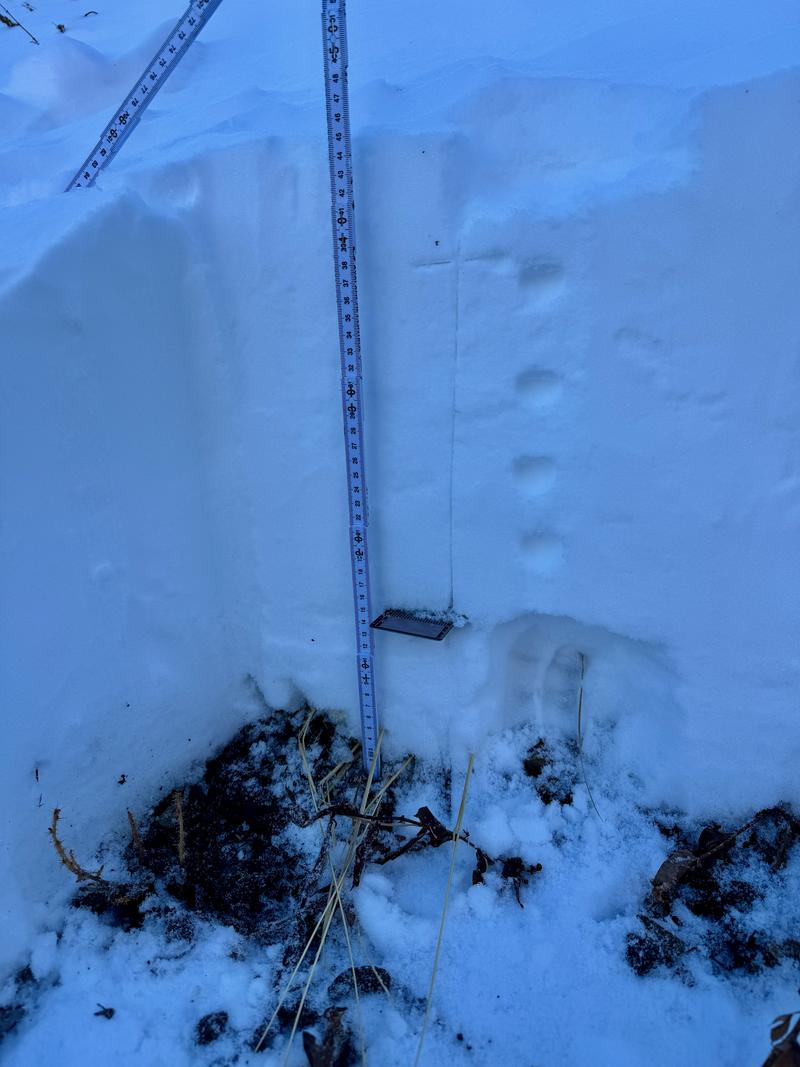Forecast for the Provo Area Mountains

Issued by Nikki Champion on
Tuesday morning, November 12, 2024
Tuesday morning, November 12, 2024
Welcome to the start of the 2024-2025 winter season!
High-elevation, shady aspects with lingering old snow present the highest avalanche risk. Any new snow may not bond well to slick crusts or weak, sugary faceted layers, potentially creating sensitive slabs, particularly in steep, wind-drifted terrain. Practice safe travel techniques: travel with a partner and carry essential rescue gear, including a transceiver, probe, and shovel.
Remember the saying: If there’s enough snow to ski or ride, there’s enough snow to slide.
Although burial risk is generally low, the primary danger lies in being swept through consequential terrain. It’s early in the season with limited options for skiing and riding, so please exercise caution.
This forecast was updated at 8:00 a.m. on November 12, 2024. Updates will follow as conditions warrant.

Low
Moderate
Considerable
High
Extreme
Learn how to read the forecast here








